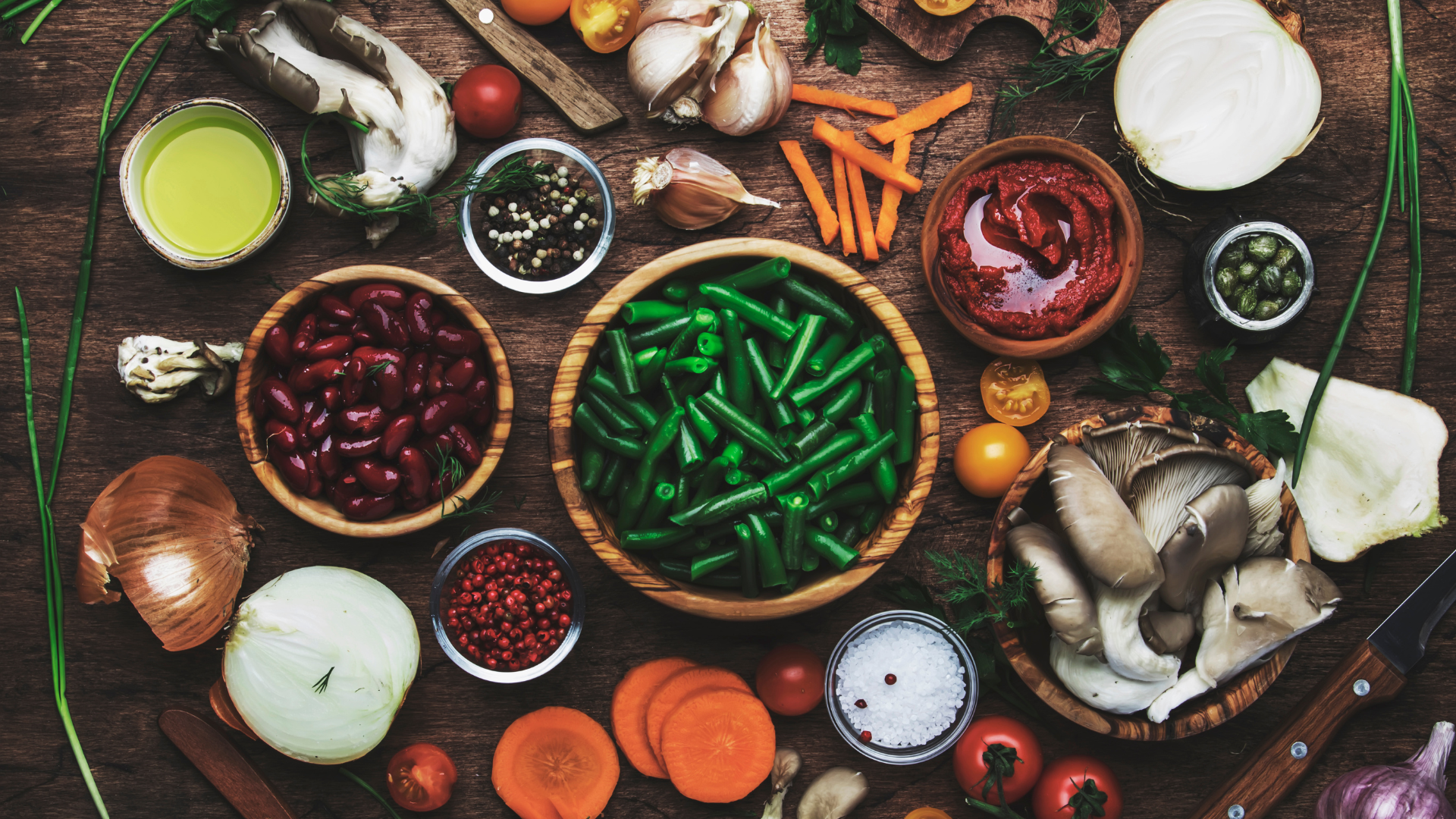Raw food is the term given to foods that have not been heated above 115 C. The process of cooking food results in the loss of many of the nutrients present in this food and the destruction of the enzymes and vitamins present in the food. Whether it is eaten in a smoothie or a salad, it is the most nutritious food you can consume. It is also the easiest food to digest, which is why it is highly recommended for people who suffer from digestive problems.
Many raw foodists claim that raw food is the best way to eat-and that no cooked food can compare. The raw food diet is all about eating food that is raw and unprocessed. Nothing is really raw, though. “Raw” food is only as raw as it has been cooked-in a dehydrator or under a broiler. In addition to being cooked, this food is usually highly processed. Most people who eat raw food believe that this food is healthier without all the oils, salts, sugars and other additives that are common to cooked food.
Embracing a diet rich in raw foods not only nourishes your body with essential nutrients but also offers unexpected benefits, including the surprising advantage of promoting better dental health. Raw foods often require more chewing than their cooked counterparts, providing a natural workout for your jaw and promoting increased saliva production. The act of chewing raw foods stimulates the gums and helps prevent the buildup of plaque, contributing to improved oral health. For personalized advice on maintaining optimal dental hygiene, consulting an expert offering dental hygiene auburn (or a place closer to you) could be worthwhile.
That said, the diet of eating raw food is one of the hottest diets around, and they’ve been picking up steam in the past few years. The idea behind them is simple: consume as much as possible and as close to natural as possible, as long as it is raw and as close as possible to the foods that we evolved to eat. Many have said that raw food can benefit you, so what are the benefits of eating raw food?
- There are several reasons for this, but a big one is that cooked foods have a very different structure to them than raw foods. Cooked food will often be composed of a single main ingredient (usually vegetables), and the rest of the food is made up of side ingredients (often meat or fat) that were cooked along with the main ingredient. On the other hand, Raw foods are often composed of very different combinations of different raw fruits and vegetables. Thus they have a much more complex and nutritionally dense structure.
- A recent research study, published in the Journal of the American Medical Association, showed that a lifestyle change-not a magic pill-can help ward off various chronic diseases. Called the Adventist Health Study-2, the study, which tracked nearly 83,000 men and women for a decade, found that those who followed a raw food diet had a 75-percent lower risk of developing diabetes, high blood pressure, high cholesterol, and high urinary albumin levels. “We found that the raw food group had a 75 percent lower risk of developing diabetes, hypertension, high cholesterol, and high albumin levels compared to those who were not raw food eaters,” says lead author and preventive cardiologist Walter Willett, M.
- What you may not know is that the high-fat content is only effective when you are eating cooked food. There are tons of raw food recipes that are low in fat, but many of the popular ones, are low in fat because they are cooked. That being said, some raw food recipes are phenomenally low in fat.
- When you eat raw, you save money. If you eat raw, you can buy more of the things you need. Raw foods are made of organic, unprocessed food. This means they are made of the same ingredients as the raw foods you would buy, but they are processed differently. For example, they are not cooked. When you eat raw, you are eating the same foods as the foods you buy, but they are processed differently. Raw foods look and taste like processed foods. When you eat raw foods, you save money.
- Raw food is better for your health. It’s also better for the environment because of its low carbon footprint. Eating raw food is also better for your wallet because it tends to be cheaper than non-raw food, especially when you factor in the raw food is gluten-free cost. The raw food is gluten-free movement is gaining strength all across the globe.

